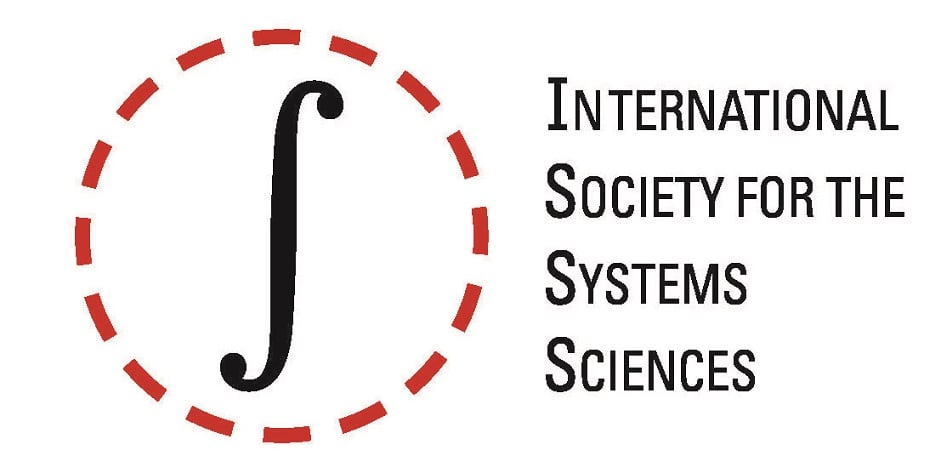- Article
Lowering the Threshold for Integration of Big Data Services into Closed-Loop Supply Chain: Necessary Conditions Based on the Variational Inequality Approach
- Yanhong Yuan and
- Liqin Shi
Big data service providers (BDSPs) play a critical role in supporting the digital transformation of closed-loop supply chains (CLSCs). However, as the number of CLSC members increases, traditional coordination contracts become complex in the big data era, which challenges effective collaboration and contract implementation. To address this issue, this paper investigates the profit coordination problem in a CLSC with a BDSP, with the aim of lowering the contract implementation threshold and facilitating flexible adjustment of contract terms. This study applies the variational inequality method to derive the necessary conditions under which a CLSC with the participation of a BDSP achieves maximum system profit. The results indicate that these necessary conditions are as follows. First, the wholesale price is equal to the unit cost of new products. Second, the optimal payment level is positively correlated with production volume, unit cost savings, the BDSP marketing effort sensitivity coefficient, and the BDSP recycling effort sensitivity coefficient, while it is negatively correlated with the retail price sensitivity coefficient, the recycling price sensitivity coefficient, and the big data service cost coefficient.
1 January 2026





